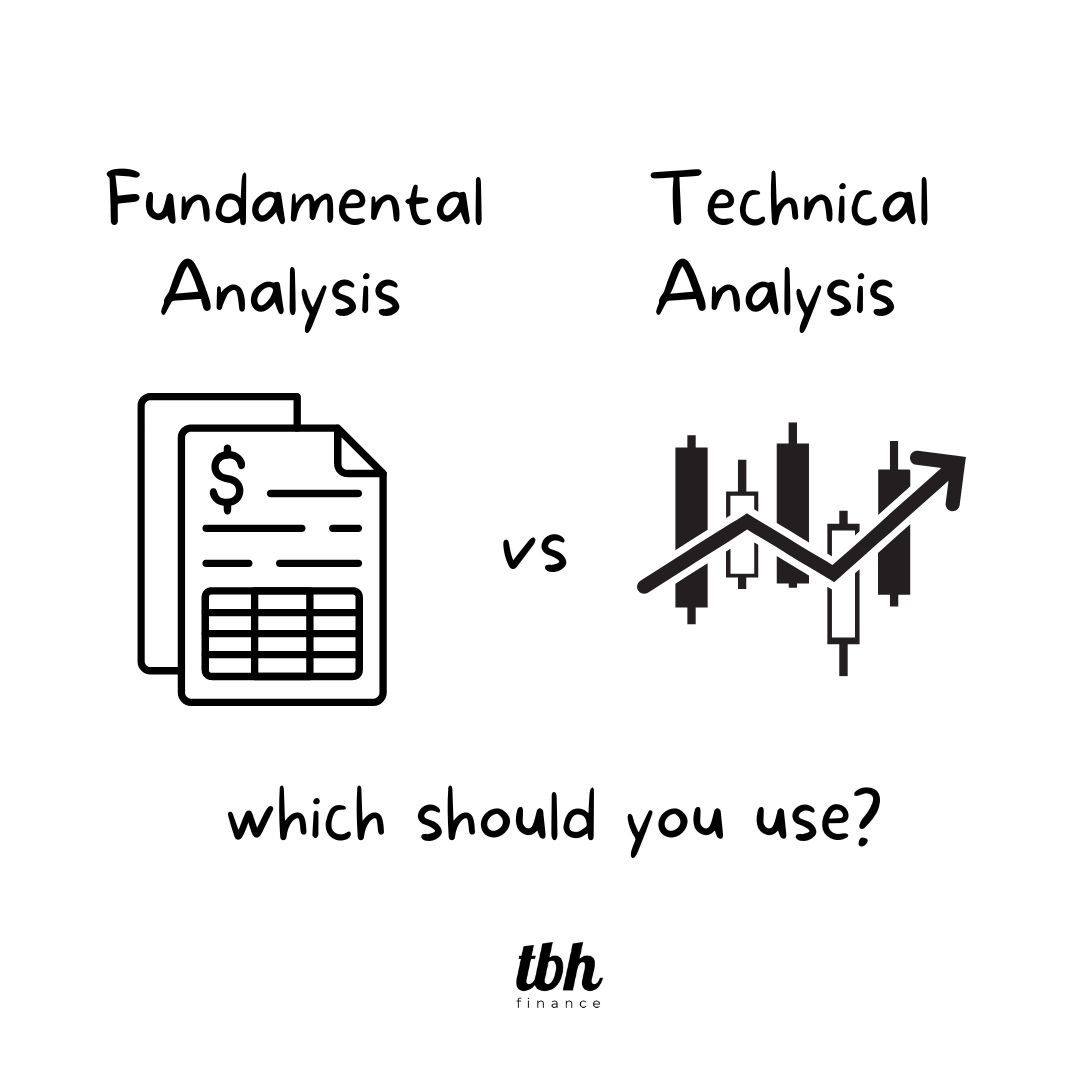Fundamental or Technical Analysis - which should you use?
Deciding whether to use Fundamental or Technical Analysis can be tricky. Both methods have advantages and disadvantages, and it's important to understand the pros and cons of each before determining which is best for your strategy.
Fundamental Analysis takes a longer-term view by utilizing economic data such as macroeconomic indicators, sector performance, and financial statements in order to make predictions about a stock's direction. It is helpful in understanding the potential future success or growth of an investment and identifying stocks with good long-term prospects. However, it is also time-consuming and there is no guarantee that the data points will accurately predict price movements.
Technical Analysis focuses more on short-term movements and relies on charts and historical prices in order to identify likely trends in the market. It involves analyzing patterns such as support/resistance levels, chart patterns, and indicators in order to establish entry and exit points in the market.
Technical Analysis can help identify trend reversals or entry points with greater accuracy; however, it is also more subjective than Fundamental Analysis and there is no guarantee that trends identified using this method will pan out in reality.
Which type of analysis you choose will depend on your investment horizon!
If you prefer taking a longer-term approach then Fundamental Analysis may suit you better; if you prefer a more active approach then Technical Analysis may be more appropriate for your needs.






